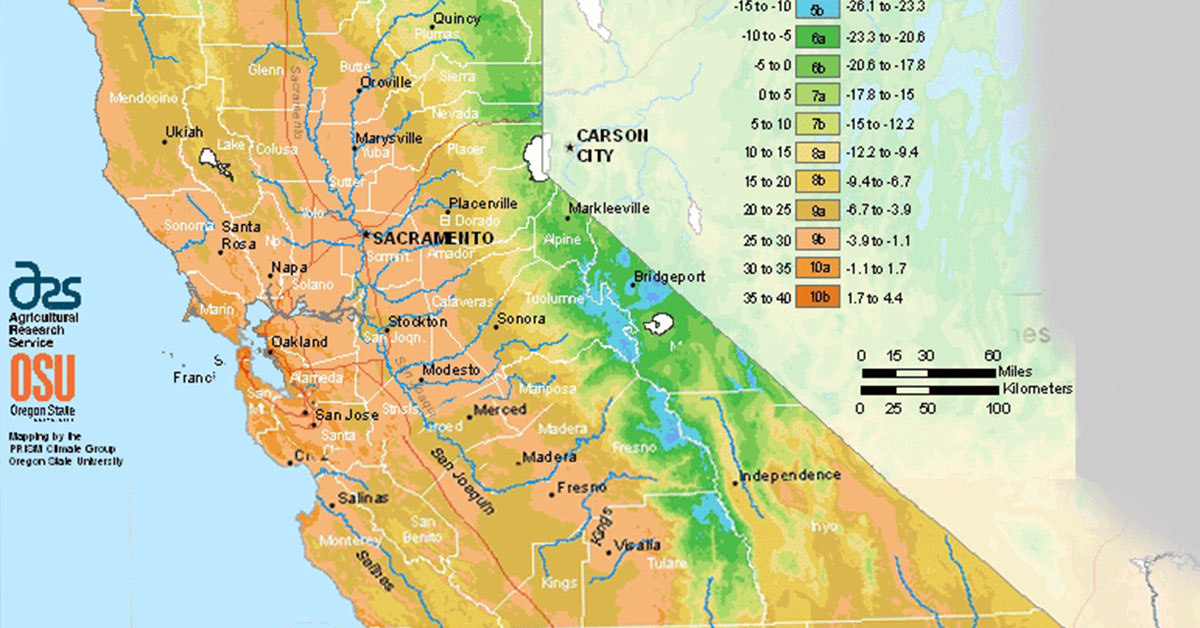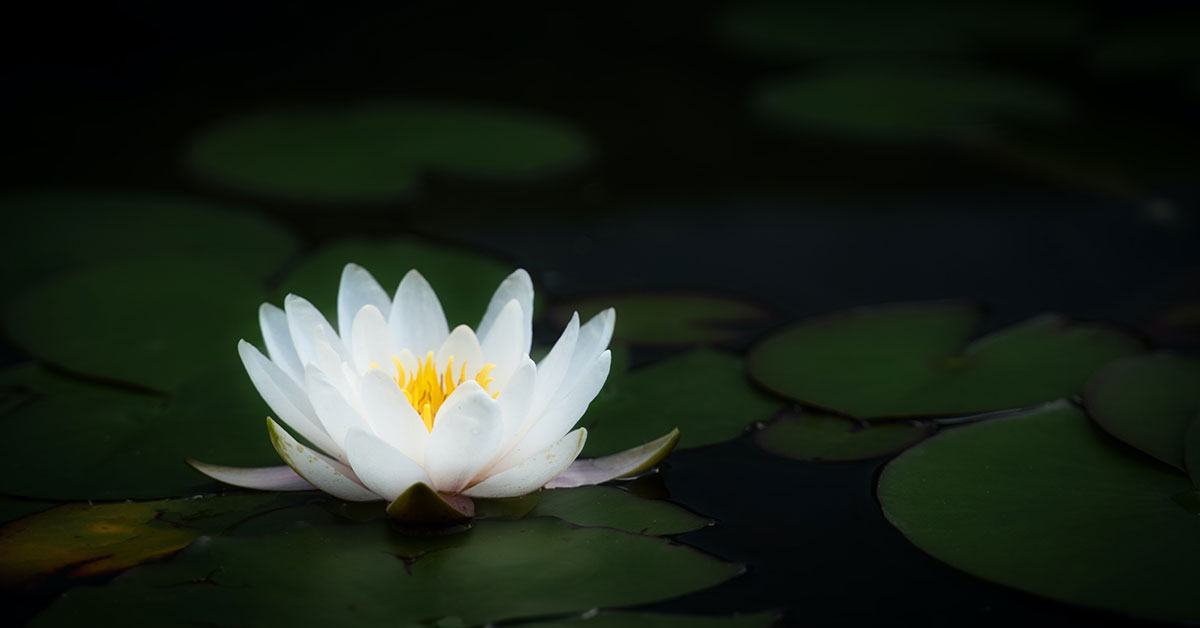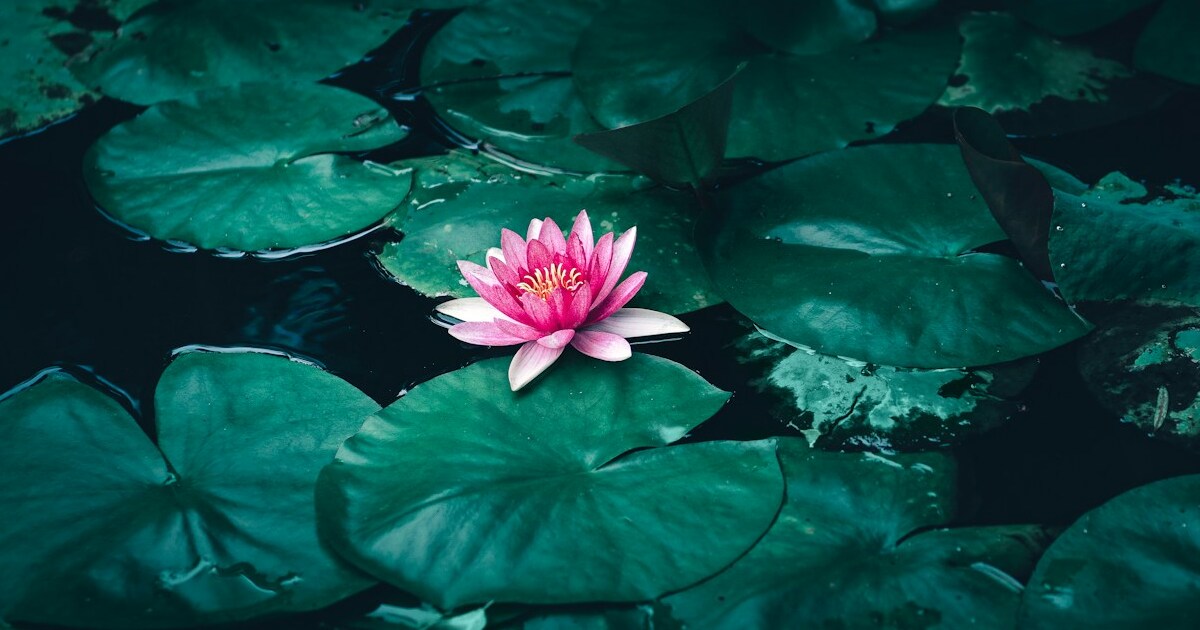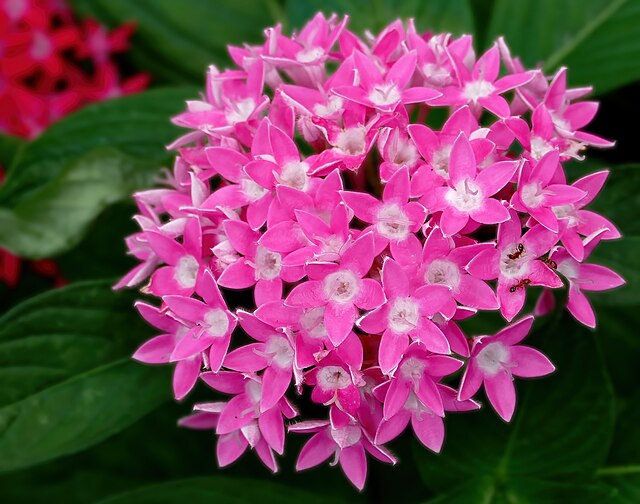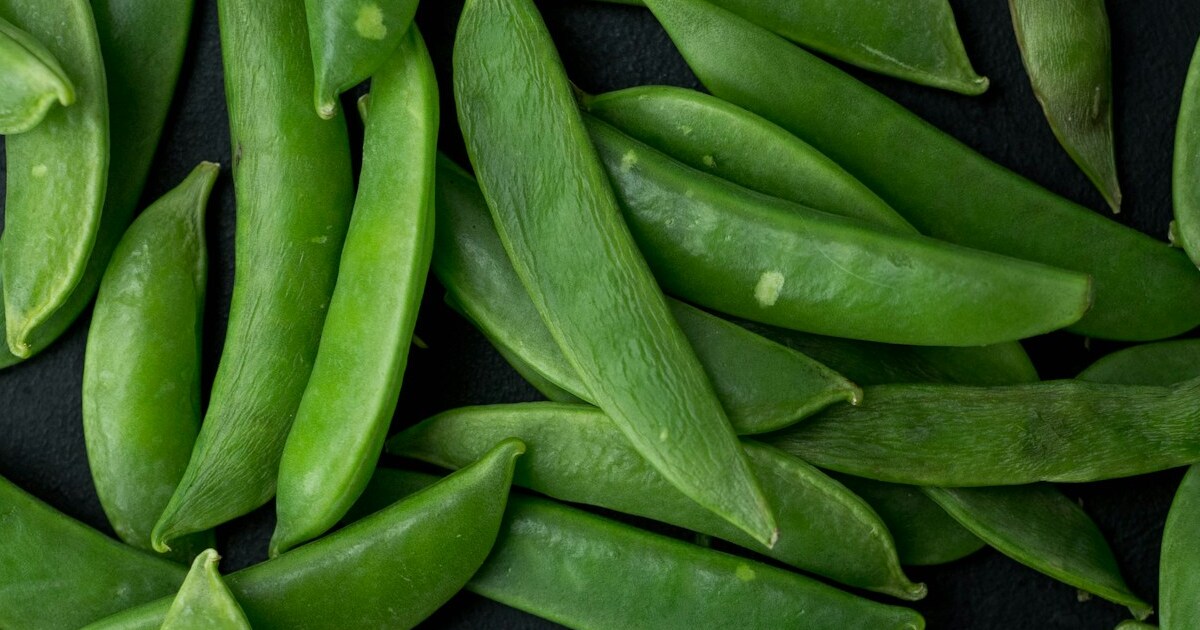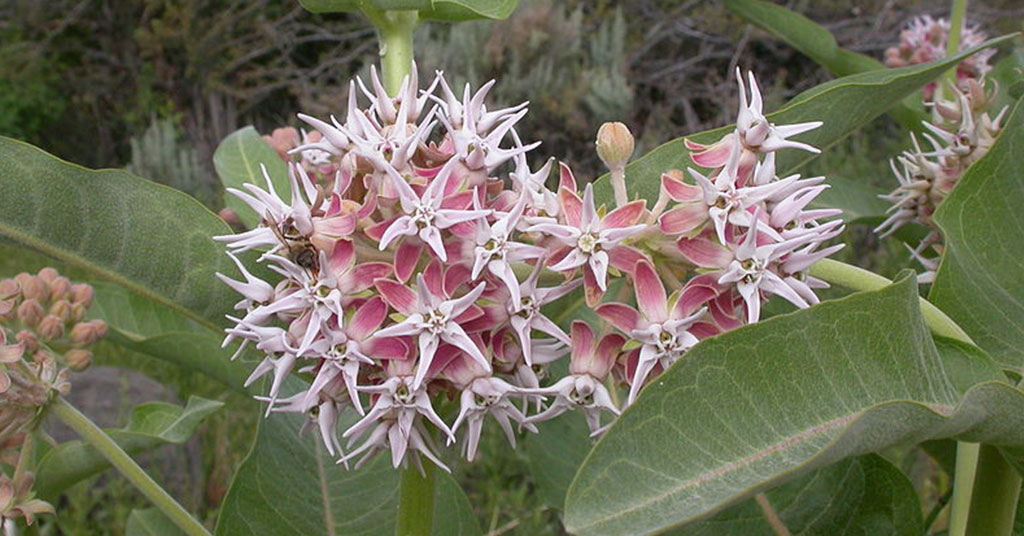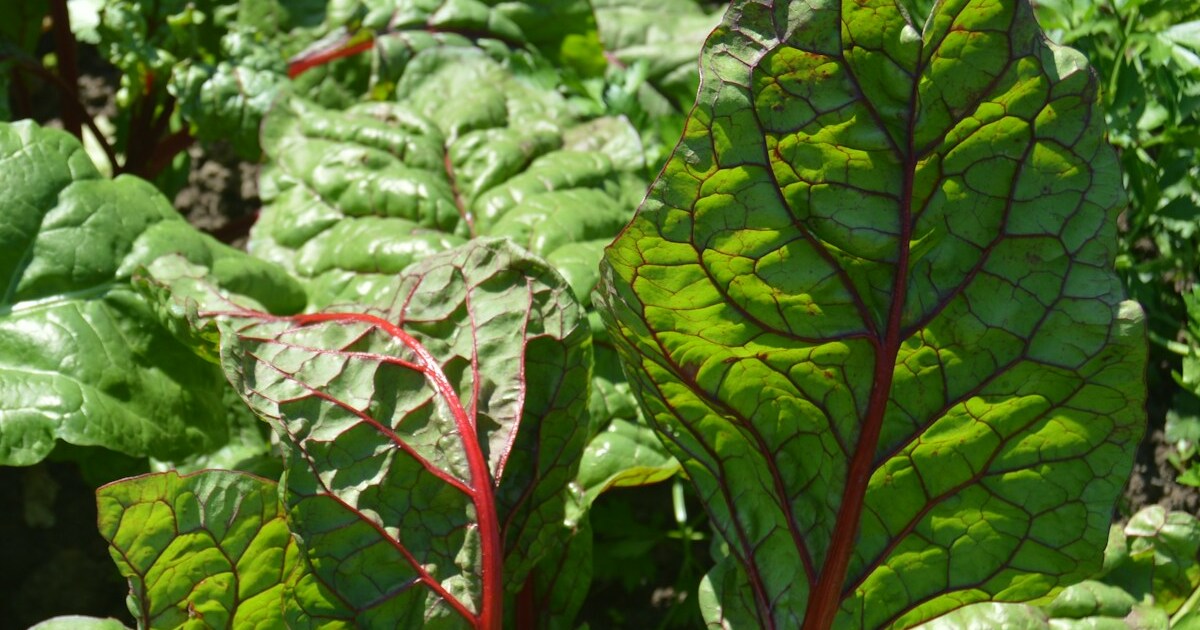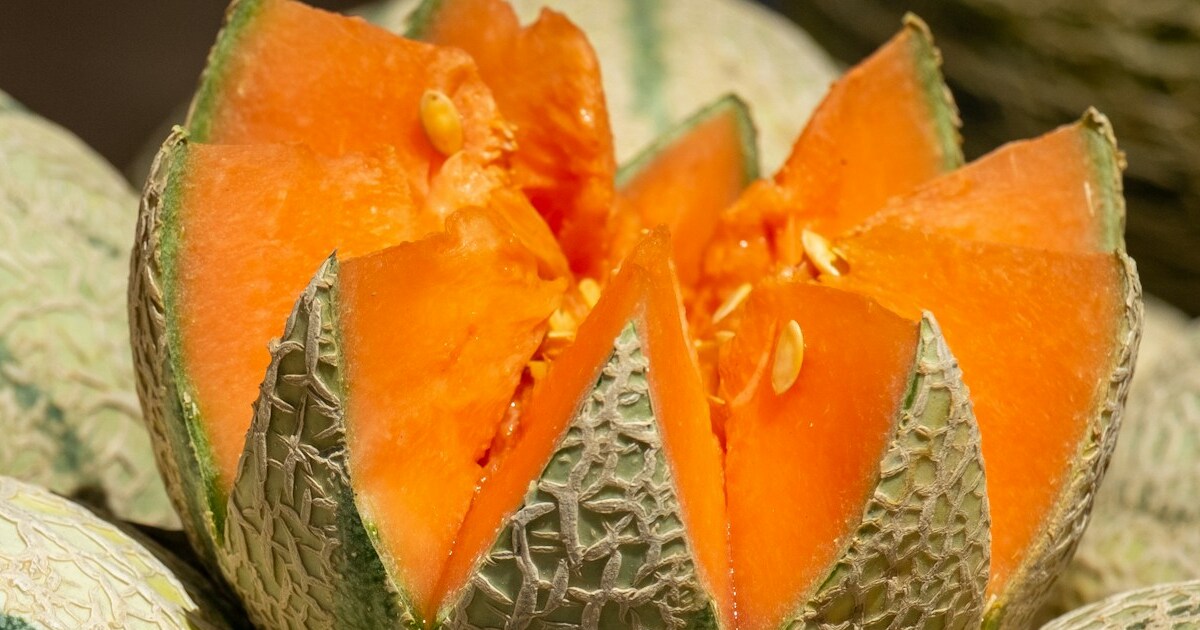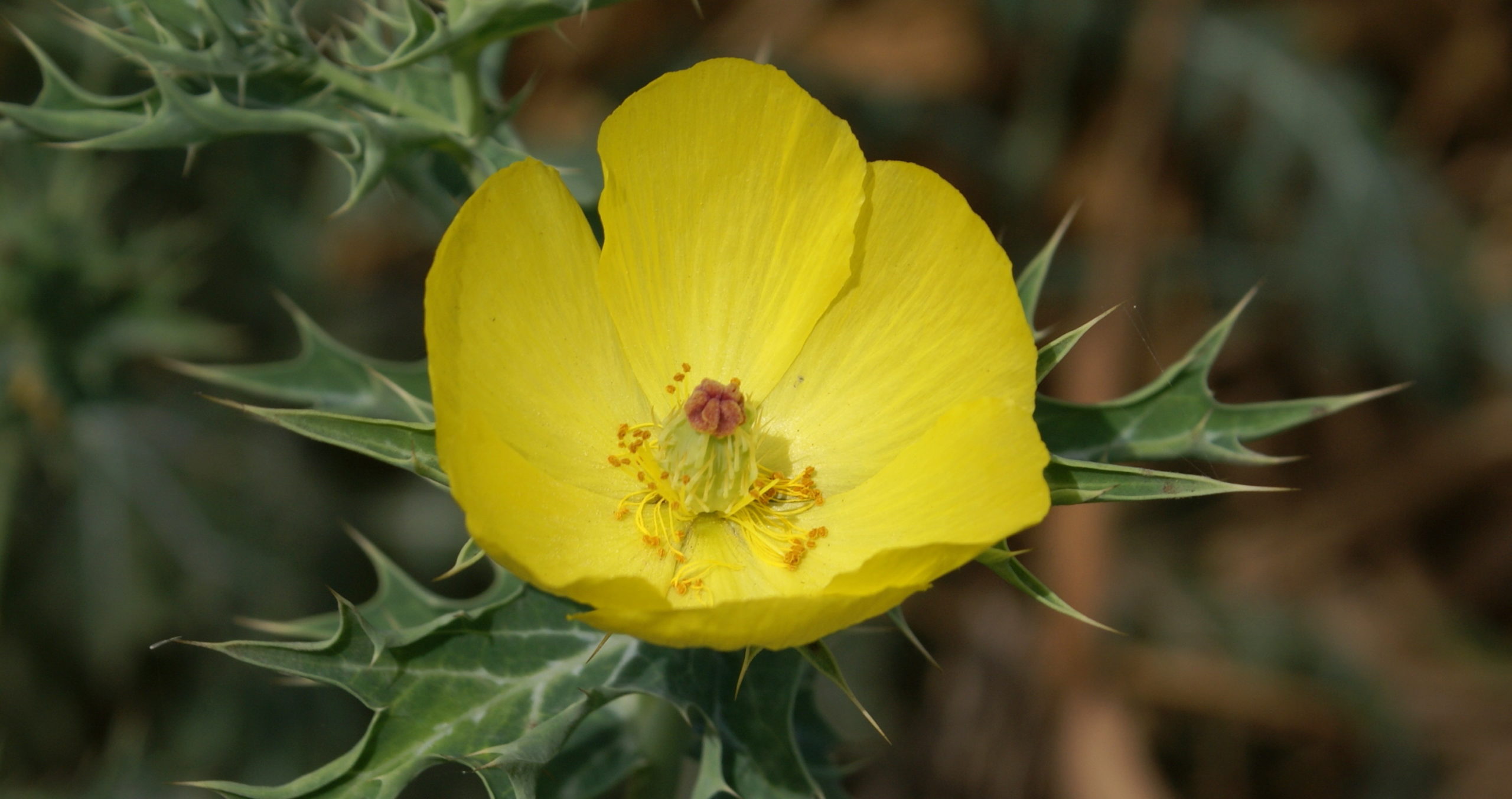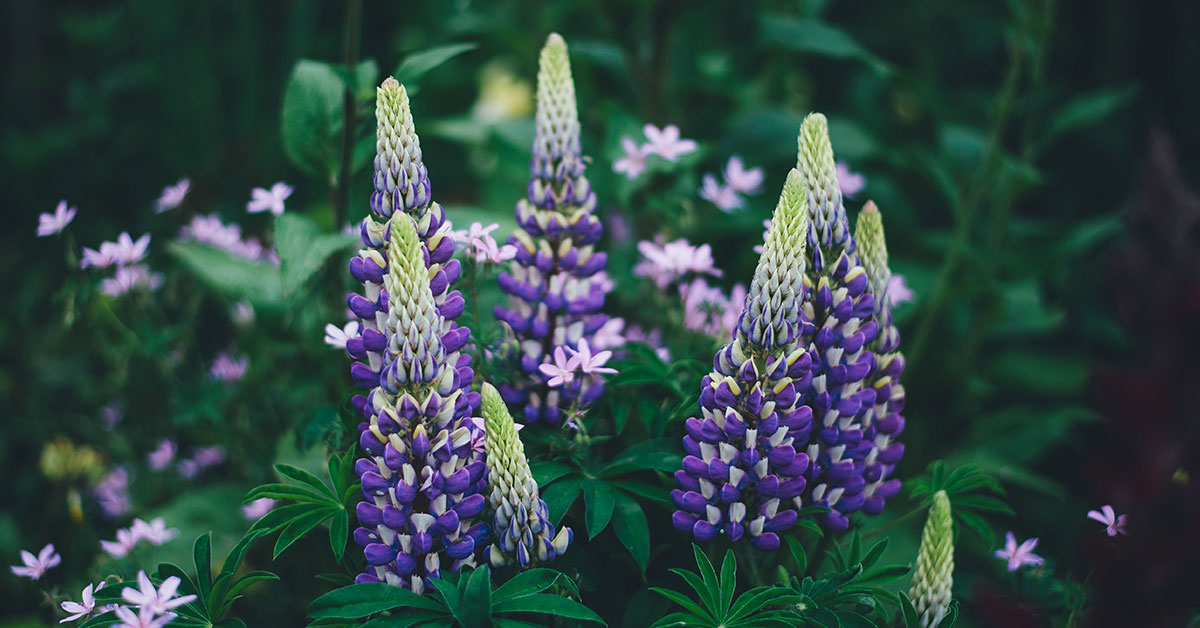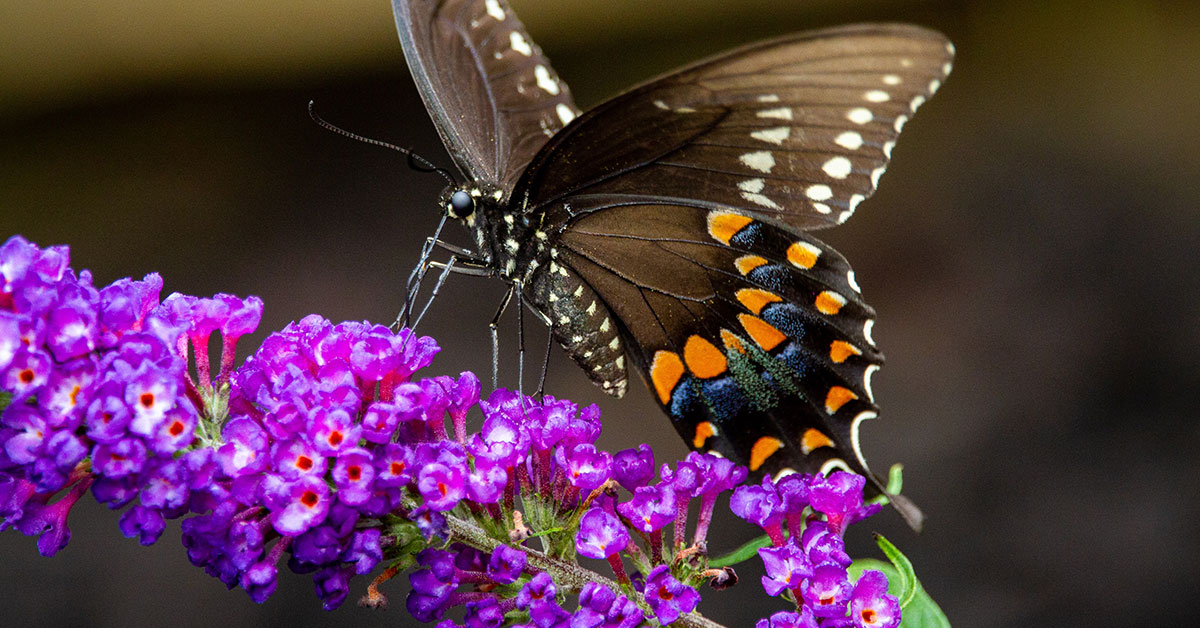Welcome to the vibrant world of gardening in Chula Vista, where the sun-kissed climate and fertile soil create the perfect conditions for cultivating a wide variety of plants. Located in Southern California, Chula Vista falls within the USDA hardiness zone 10a, which means gardeners here can enjoy a long growing season and experiment with an array of plant species.
With average annual minimum temperatures ranging from 30 to 35 degrees Fahrenheit (-1 to 2 degrees Celsius), Chula Vista offers a mild Mediterranean climate that is ideal for both ornamental and edible gardens. Whether you are a seasoned gardener or just starting out, this article will provide you with valuable insights and tips to make the most of your gardening endeavors in Chula Vista.
From selecting the right plants to understanding the unique challenges and opportunities of this zone, get ready to embark on a rewarding journey of gardening success in this beautiful city.
What is Chula Vista’s USDA hardiness zone?
The USDA hardiness zone is a system developed by the United States Department of Agriculture (USDA) to categorize regions based on their average annual minimum temperatures. This system helps gardeners and plant enthusiasts determine which plants are most likely to thrive in a particular area. Chula Vista, located in southern California, falls under USDA hardiness zone 10a.
This means that the average minimum temperature in this region ranges from 30 to 35 degrees Fahrenheit (-1.1 to 1.7 degrees Celsius) during the winter months. Being in zone 10a, Chula Vista experiences mild winters with very few frost occurrences. This allows for a longer growing season compared to regions with colder climates.
Gardeners in this zone can take advantage of the extended period of warm weather to grow a wide variety of plants, including tropical and subtropical species. Some popular plant choices for Chula Vista’s hardiness zone include citrus trees, such as oranges and lemons, which thrive in the Mediterranean-like climate. Other suitable options include avocado trees, bougainvillea, hibiscus, and various succulents.
It is important to note that while the USDA hardiness zone provides a general guideline for plant selection, other factors such as soil type, sun exposure, and local microclimates can also influence a plant’s success. Therefore, it is always recommended to research specific plant requirements and consult with local gardening experts for the best results.
When can you plant your garden in Chula Vista?
In Chula Vista, which falls under USDA hardiness zone 10a, the ideal planting times can vary slightly depending on the specific plant or crop. However, generally speaking, the region experiences a mild Mediterranean climate with warm, dry summers and cool, wet winters. This allows for a longer growing season compared to many other areas.
For cool-season crops like lettuce, spinach, broccoli, and peas, the ideal planting time is typically in the fall, around September or October. These crops thrive in the cooler temperatures and can be harvested before the heat of summer arrives.
Warm-season crops such as tomatoes, peppers, cucumbers, and beans are best planted in the spring, after the last frost date, which usually occurs in late February or early March. These plants require warmer soil and air temperatures to grow successfully.
Perennial plants, including trees, shrubs, and flowers, can be planted throughout the year in Chula Vista, but the best time is often during the fall or early spring. This allows them to establish their root systems before the extreme temperatures of summer or winter.
It’s important to note that microclimates within Chula Vista can vary, so it’s always a good idea to consider local conditions and consult gardening resources specific to the area for more precise planting recommendations.
What grows well in Chula Vista?
Chula Vista, California falls under USDA hardiness zone 10a, which is characterized by mild winters and hot summers. Here is a comprehensive list of plants that generally thrive in this climate:
- Agave
- Aloe vera
- Echeveria
- Sedum
- Opuntia (Prickly Pear Cactus)
- Yucca
- Lavender
- Rosemary
- Thyme
- Sage
- Bougainvillea
- Oleander
- Geranium
- Jasmine
- Bougainvillea
- Lantana
- Hibiscus
- Bird of Paradise
- Plumeria
- Banana
- Palm trees (e.g., Queen Palm, Mexican Fan Palm)
- Croton
- Cordyline
- Bromeliads
- Citrus trees (e.g., Orange, Lemon, Lime, Grapefruit)
- Avocado
- Mango
- Guava
- Fig
- Pomegranate
- Loquat
- Passionfruit
- California Poppy
- California Lilac (Ceanothus)
- Manzanita
- Toyon
- California Buckwheat
- Deer Grass
- California Fuchsia
- Desert Marigold
- Blue-Eyed Grass
- Marigold
- Zinnia
- Sunflower
- Cosmos
- Gerbera Daisy
- Salvia
- Gazania
- Coreopsis
- Black-eyed Susan
- Mexican Feather Grass
- Purple Fountain Grass
- Pampas Grass
- Miscanthus
- Muhly Grass
- Basil
- Mint
- Tomatoes
- Peppers
- Cucumbers
- Squash
- Beans
- Eggplant
- Rosemary
- Thyme
- Oregano
Remember to consider factors such as sun exposure, soil conditions, and water requirements when selecting plants for your specific garden.
What won’t grow in Chula Vista?
In Chula Vista, which falls under USDA hardiness zone 10a, there are certain plants that may struggle to thrive due to the specific climate conditions. Here are some plants that may not perform well in Chula Vista:
- Lilacs (Syringa spp.): Lilacs require a period of winter dormancy and colder temperatures to thrive, which may be lacking in Chula Vista’s mild climate.
- Blueberries (Vaccinium spp.): Blueberries prefer acidic soil and cooler temperatures, which may be challenging to provide in Chula Vista’s climate.
- Tulips (Tulipa spp.): Tulips require a period of cold dormancy in winter, which may not be consistently met in Chula Vista.
- Peonies (Paeonia spp.): Peonies need a period of winter chill to produce abundant blooms, which may be limited in Chula Vista.
- Lilium (Lilies): Some species of lilies, such as Asiatic and Oriental lilies, may struggle in Chula Vista’s warm climate and may require additional care and protection.
- Hydrangeas (Hydrangea spp.): While some hydrangea varieties can tolerate warmer climates, many may struggle in Chula Vista’s heat and may require extra care to thrive.
- Rhododendrons (Rhododendron spp.): Rhododendrons prefer cooler, more humid climates, which may be challenging to replicate in Chula Vista.
- Hostas (Hosta spp.): Hostas generally prefer cooler temperatures and may struggle in Chula Vista’s warmer climate.
It’s important to note that while these plants may not thrive in Chula Vista, it doesn’t mean they cannot be grown at all. With proper care, microclimates, and adjustments to the growing conditions, it may still be possible to cultivate these plants successfully.


